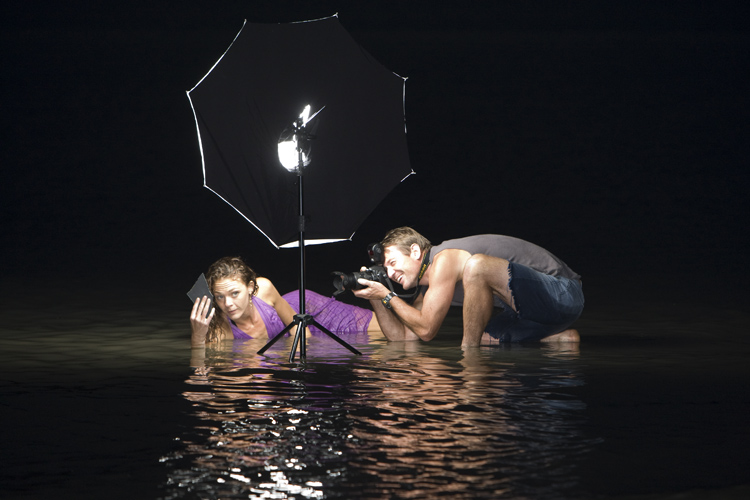Edit: People are asking where the full frame bodies and new mirrorless bodies fit in - they are a category all on their own - this chart focuses on dx bodies and their users. Also the “Dx1” may very well be a Z mount dx mirrorless.
Over the years of new releases there has often been a lot of debate about where a new model fits into the old scheme of model numbers. Quite often the newer models aren’t replacing anything but are rather ‘in between’ two models. The pattern suggests a form of “forced upgrade” mainly for the advanced amateur and semi pro shooters. After all, the pro shooters will most likely be buying the highest performing bodies anyway so they don’t need any pushing, beginners are usually just starting out and all they need is the cheapest model to lure them in. It’s the advanced amateurs who need a gentle nudge to spend more on gear and this chart shows how it is done.
Things were a little ‘messy’ in the beginning when Nikon introduced their first full frame D3 because realistically it did not follow on from the D1 and D2 series. When the D3 was introduced there was no longer a pro dx body. You would have to upgrade to full frame for that, which may have been part of their strategy.
Let’s look at the other models. We had the advanced amateur D70, D80 and D90. Below that we had the D50 which disappeared and was replaced by the lower level D40 which lost the built in AF drive in the process - you would have to upgrade from the D50 to a D90 to regain that. The lower series eventually turned into the D3000 model that continues to this day - beginners need to be lured in, not quite forced to upgrade yet. The D5000 series with the tilt screen is a step above the D3000 series and an added incentive for beginners to spend a little more money.
The primary targets for forced upgrades were the D100,200,300 and D70,80,90. The first step was to introduce a replacement for the D300 which didn’t quite happen - then after a lot of waiting the D7000 was introduced ‘in between’ the D90 and D300. It wasn’t quite as semi-pro as the D300 but was definitely half a step above the D90 with the twin card slots and half a step below the D300. [forget about megapixels, that’s not an indication where a body fits, after all the 16 megapixel D4 is way superior to the 24 megapixel D3200. So all the D90 users now had to either drop to a D5000 series body and lose their AF drive or pay a little extra for a half a step higher body. The D300 users had to choose between a half a step lower D7000 or progress to the more expensive full frame models.
Then along came the D500, finally a replacement for the D300 - a semi pro dx body and the only way for semi pro dx shooters to get the features they wanted because the really good D7200 had no successor - what they named the D7500 was half a step below the D7200 because it lost the dual card slots that many pros require as a form of insurance for potential card failure.
What comes next? My prediction is that the D7500 series will lose a feature after a while and will most likely lose their AF motor and at the same time a replacement for the D2 series will finally arrive, the “DX1” pro body with a built in grip, the only way for an advanced amateur to have a built in focus drive and twin card slots, because by then the D520 will have lost a feature and perhaps only have one card slot. Perhaps in 10 years time only the pro and semi pro full frame bodies will have the built in af motor - unless they finally reserve that only for the pro body in each format.
Conclusion: Every few years those who have grown accustomed to a particular feature in a camera body will be forced to pay a little more to retain those features. Beginners cameras will always lack a built in AF motor and twin card slots so not much can be removed from them - but that doesn’t matter because the first step is to lure new users in and introduce them to ‘GAS’ [Gear Acqusition Syndrome - ‘NAS’ for Nikon gear] and advanced amateurs and semi pros will avoid those bodies anyway. This is not such a big deal to me - I paid the same money for my D70 15 years ago as I did for me D7200 recently and the D7200 is a HUGE upgrade. Along with the fact that so many photographers seem to feel the need to buy the latest and greatest that the market is getting pretty flooded with low shutter count pro and semi pro bodies and many of us are quite happy to shoot with last years’ technology - after all some photographers considered them to be amazing a few years go - and they still are, they didn’t degraded when the new model was introduced. But for those who must have the latest, be prepared for a little ‘shove’ to a higher level after a few years.
My advice for now is to stock up on D7200 bodies because they are the last of their kind, as was the D50 in its day.

